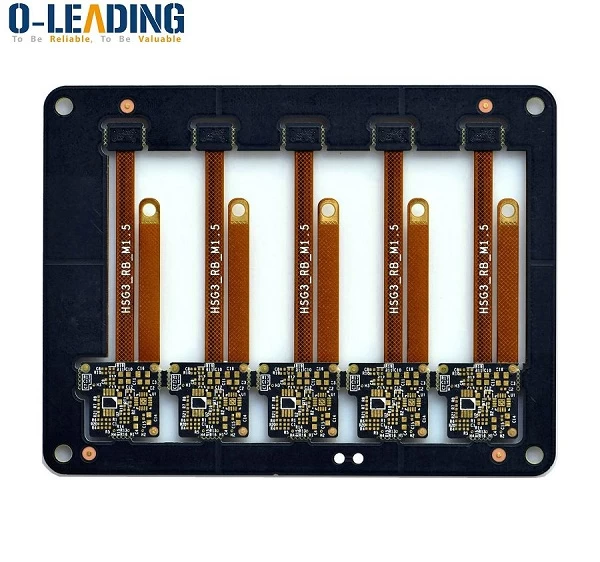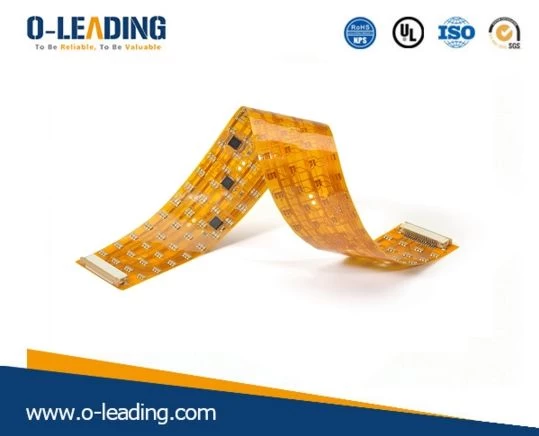Flexible circuit assembly-automated welding process
Automated welding process is usually to weld multiple circuits at the same time, these circuits are designed in a matrix to form a puzzle. Then, apply solder to this puzzle and send it to the machine. The machine will send all the components to the appropriate position or direction, and finally let the puzzle pass through the welding furnace to complete the welding of the entire puzzle. However, this is easier said than done.
When flexible circuits become the focus of discussion, you will find that many issues are complex. Both the screening process and the placement of components put considerable pressure on the circuit, so special tools need to be designed for each circuit. The common method of fixing flexible panels is to make a "bracket" and use it to hold the circuit through the entire process. This method provides a stable surface, helps to maintain consistency during assembly, and greatly reduces the monotonous and repetitive manual operations associated with flexible circuit assembly. With the bracket, there is basically no problem with the flexible circuit assembly through the entire process, even if there are few problems.

Flexible circuits and components
We confidently solder various types of components to flexible circuits. The parts on the flexible circuit include through-hole components, SMT components, wires, switches, BGA, and so on. Some parts require more skill when soldering than others, but they can be reliably installed on flexible circuits. Some components, such as through-hole components or SMT components, can be soldered using automated machines, while others, such as wires or cables, may require manual connection. Now, the microscope has become an indispensable tool in assembly. Component size is getting smaller year by year. In our current era, it is not new to replace a 0.020-inch component with a 0.010-inch component. Such small components are not much larger than tiny black pepper slices. Therefore, most manual assembly and inspection are performed under a microscope or an automatic optical inspection (AOI) device. Since the component is too small to be seen clearly with the naked eye, you can imagine a solder joint that does not meet the requirements. It is only a small part of those small-sized components. Although it is not so important. A skilled assembler equipped with soldering tools and a high-quality microscope can solder any component to any flexible circuit.

customization HDI PCB Printed Circuit Boards
Solder joint protection after assembly
Considerations about component welding are not over. The purpose of developing products with flexible circuits is to make the products flexible. Although the material is flexible, the solder joints are not! If the component or solder joint happens to be in or near the bend area, then it is wise to protect the solder joint. Without protection, solder joints may break and cause intermittent problems, which are difficult to identify.
After testing and confirming the product, a flexible epoxy or conformal coating can be applied to the solder joints. When the circuit is bent, this coating can maintain the original shape of the solder joint, and will not change with the bending of the flexible material. Using this method to improve safety will make the flexible circuit assembly more durable, and can reduce the risk of failure of the flexible circuit in the field of use.
Flexible circuits have many advantages. They are light and thin and can be bent. This circuit makes the product lighter, smaller and thinner. Although commonly used rigid circuit components cannot be bent, cannot be bent, or even dynamic, flexible circuits can do so. It is worthwhile to devote more time to designing the fixing fixture that plays an auxiliary role in the assembly process. It can keep the circuit stable throughout the assembly line. The use of clamps will result in strong and durable flexible circuit components.
































